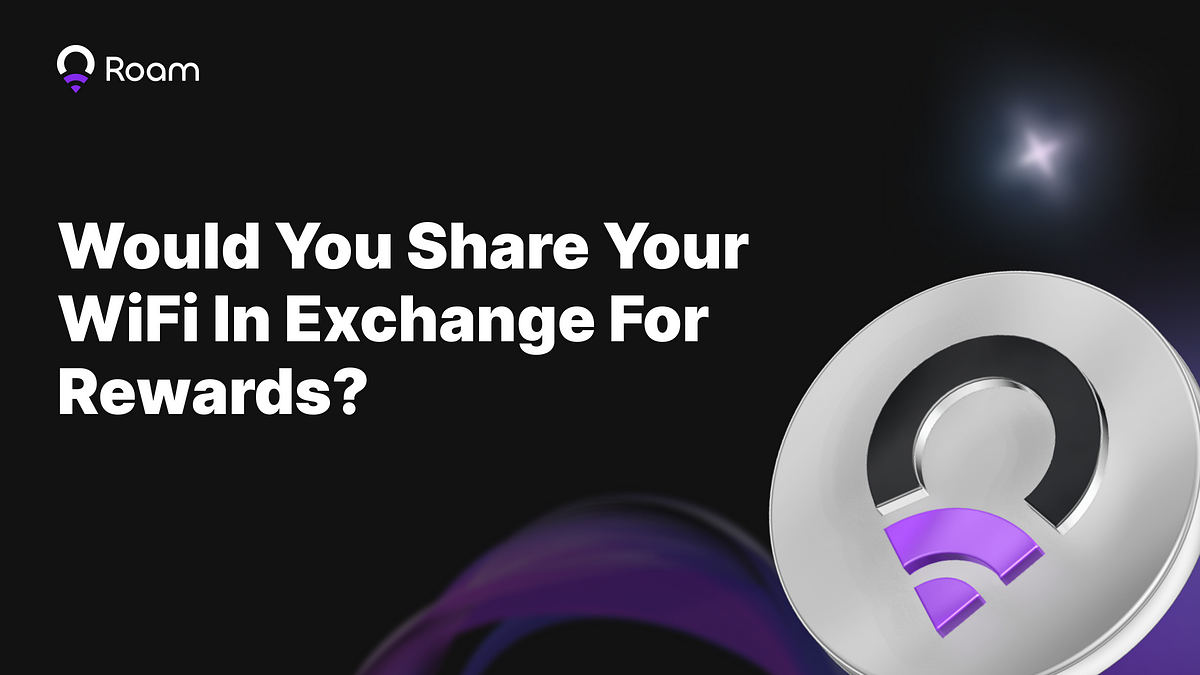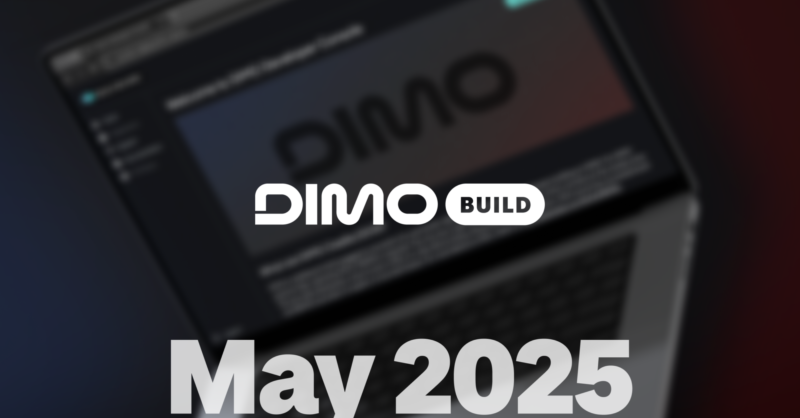Wingbits Launches Innovative Flight-Tracking Hardware and Expands Global Network

In October, Wingbits has made significant strides in enhancing its flight tracking capabilities, marking a busy month for the community. The company has partnered with GEODNET and HYFIX to introduce innovative flight-tracking hardware, which is now available for pre-order. These nodes are designed to collect real-time ADS-B data, rewarding users for their contributions. Early adopters can benefit from a $100 discount on their pre-orders, with deliveries scheduled to begin in January 2025. Interested customers can purchase the hardware through various trusted distributors across the globe.
The Wingbits network has also reached a milestone, surpassing 2,000 active stations worldwide, thanks to the support of its community. This expansion sets a new standard for real-time aviation data, and users are encouraged to explore the upgraded network map to view all active stations and aircraft layers. Additionally, Wingbits hosted a live AMA session with GEODNET, addressing community questions and discussing future plans. The company has launched an Ambassador Program on Zealy, inviting enthusiastic members to help promote the project and connect with other innovators.
To engage the community further, Wingbits held a global hardware giveaway, with three winners selected to receive the first-ever Wingbits-approved flight-tracking devices. The company also highlighted the importance of community-driven solutions in flight tracking, emphasizing the accessibility of tracking over 30 million flights globally in 2024 through ADS-B technology. As the month wraps up, Wingbits encourages users to share their experiences and setups on social media, fostering a vibrant community dedicated to aviation and data accuracy.
Related News





